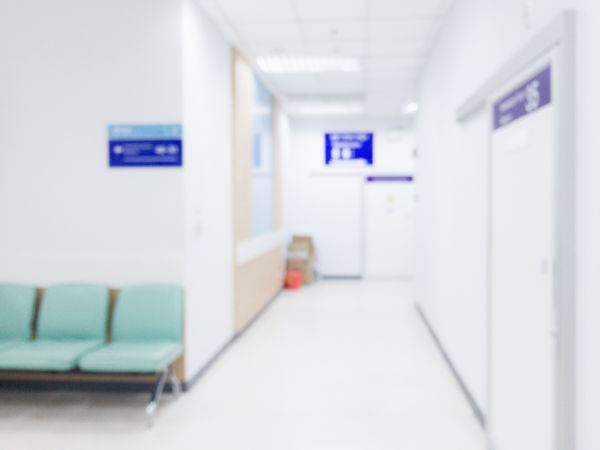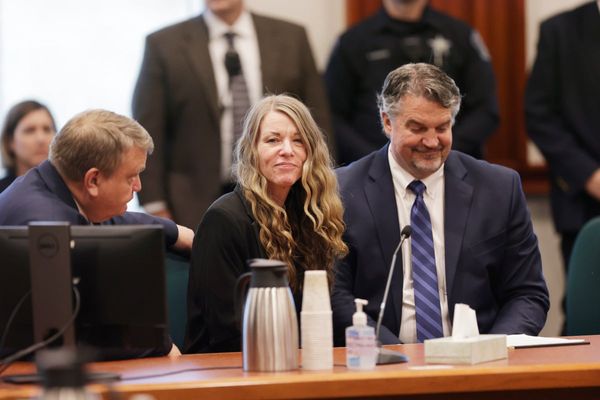
Two years after COVID-19 forced the cancellation of the race weekend just hours before practice was due to begin, the F1 paddock has returned to Melbourne for the third round of the 2022 season.
The layout of the Albert Park track has been tweaked in a bid to improve overtaking opportunities and create a better spectacle after criticism from drivers about the lack of action in previous races.
But the FIA has also opted to put four DRS zones in place for this weekend, marking a first in F1. While there are still only two detection points, the DRS zones will run on the main straight, from Turn 2 to Turn 3, through the kink between Turns 8 and 9, and from Turn 10 to Turn 11.
DRS proved key in the fight for victory in both Bahrain and Saudi Arabia, with the latter featuring a cat-and-mouse battle between Charles Leclerc and Max Verstappen as they tried to deliberately avoid being ahead at a detection point.
Asked by Autosport/Motorsport.com about the decision to have four DRS zones in Melbourne, Bottas felt there would be a degree of gamesmanship from drivers to ensure they kept an advantage.
“I think it’s going to make the race tactically quite interesting,” Bottas said.
“When you’re fighting with other drivers, you need to make sure that you will have the upper-hand when it really comes to the overtake itself, and especially if it’s a battle towards the end of the race, you need to time things right.

“It just makes it different in a way, and there will be opportunities to overtake. So I’m fine with four zones, it’s fine.”
Bottas’s Alfa Romeo team-mate Zhou Guanyu said he thought there would be “a lot of things to play around with”, particularly out of the fast left-right complex at Turns 9 and 10 before the run to Turn 11.
“Managing your battery is also a key, you don’t want to overuse that, end up attacking and not making the move stick,” Zhou said.
“But I think with the new layout, especially with high-speed, it’s not helping, but with our new car generation, it’s easier to follow. That makes the racing maybe more tight or compact. But on the other hand, DRS is definitely helping a lot.”
Although the new generation of cars in 2022 has made it easier for drivers to follow each other on-track, many have already talked up the importance of DRS to ensure overtaking is still possible.
Haas driver Kevin Magnussen felt it was important to get a “balance” when using DRS, and that it would take time to work out just how well the new cars were working to facilitate more overtaking.
“They need to kind of collect some data on how overtaking is on different tracks with these new cars,” Magnussen said.
“Then they can do some adjustments for the following season. shortening or lengthening the DRS zones or removing some zones or whatever. I think that too easy overtaking is also bad. It's a balance.”







